
Don't Do This After Washing Your Clothes! What You Think Is a "Good" Habit Could Be Causing You Disease
Many people, after washing clothes, tend to close the washing machine lid to prevent dust from falling in. However, this seemingly sensible habit can actually make your washing machine dirtier over time.
Regarding the external environment, in an effort to save space, most families place the washing machine in a corner of the room with poor ventilation. Coupled with internal conditions, there is still moisture left in the drum after each wash. Closing the lid immediately increases the humidity inside the machine, creating a closed, damp, and warm environment that is ideal for mold growth, turning the washing drum into a "mold cultivation dish."
In addition, the washing machine has to "shoulder" a large amount of dirt in every wash. Dirty water constantly flows through the gap between the inner and outer drums, and over time, it accumulates dirt, fabric lint, and hair. Closing the lid immediately after washing encourages the growth of bacteria and mold.
The Shanghai Centers for Disease Control and Prevention (China) once randomly tested 128 washing machines that had been used for more than six months. The results showed that:
-
The mold detection rate in the washing drum was 60.2%.
-
The bacteria detection rate was 81.3%.
-
100% of the machines showed the presence of intestinal bacteria (E. coli).
-
54.7% of washing machines contained all three types of microorganisms.
If we wear clothes washed in such machines, we could experience itching, rashes, or even chronic hives or gynecological issues.
The correct method is: after washing, leave the washing machine lid open to allow ventilation.
How long should you leave the lid open after use?
Some people worry that leaving the lid open will let dust fall in and dirty the machine. In fact, leaving it open needs to be done correctly:
-
Typically, leaving it open for 30 minutes is enough for the machine to dry.
-
If you want it to dry completely, Dr. Cao Tan Que, head of the Infection Control Department at the Air Force Hospital (China), advises: keep the lid open for at least 4 hours to minimize bacterial growth.
-
Only close the lid after the machine is fully dry to keep it ventilated and dust-free.
Additional note: Clothes should be hung immediately after washing. Leaving them in the drum, especially in the summer, can cause mold and stains to appear on the fabric.
What diseases can a dirty washing machine cause?
When bacteria and mold grow in the washing machine, clothes get dirtier with every wash because they come into direct contact with the skin. Over time, this can lead to the following health problems:
-
Skin irritation: The washing drum can accumulate dirt and moisture, creating a perfect environment for bacteria to thrive, which sticks to clothes and causes itching or allergic reactions when worn.
-
Athlete’s foot: A common fungal disease. The washing water temperature is typically around 20°C, which is ideal for mold growth. Detergents also contain enzymes, which "feed" the mold, creating a perfect environment for them in the washing machine.
-
Fungal infections: Washing underwear and other intimate clothing with regular clothes can lead to infections like vaginal yeast infections, balanitis, skin allergies, and chronic hives.
In addition to skin diseases, a dirty washing machine can also cause respiratory issues like coughing, asthma, allergic rhinitis, and fungal pneumonia.
How to clean and maintain a washing machine properly?
Besides leaving the lid open after washing, you should clean the washing machine regularly because the inside may look clean, but behind or inside, there can be accumulated dirt that is not visible to the naked eye.
Every washing machine has an inner and outer drum, whether it's a top-load or front-load model. Studies show that after 3 months of use, washing machines begin to show signs of bacterial recontamination. Therefore, regular cleaning every 3 months with a specialized cleaning solution is recommended.
If you already have a habit of cleaning regularly, you can use the auto-cleaning mode if your machine has it. Some models come with an "auto drum cleaning" mode, just turn it on and wait for the machine to finish. After it runs, if you see any dirt residue, wipe it clean or wash it again with water.
In addition to the drum, areas like the rubber ring, detergent compartment, and water drain holes also need to be cleaned separately.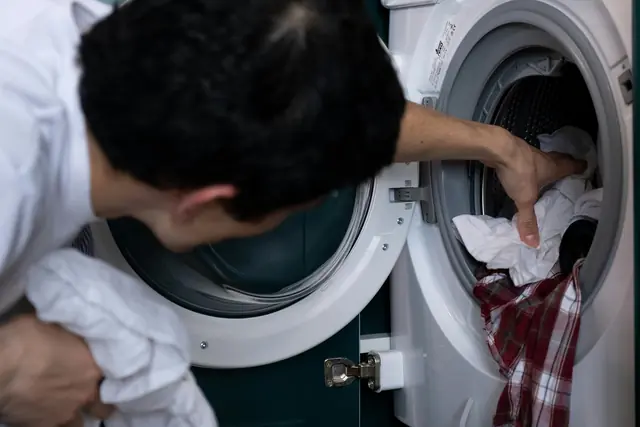
News in the same category


4 types of water full of bacteria, nutritionists warn to stay away

When buying shrimp, you have to "keep your eyes open" to avoid these 5 types of "toxically injected shrimp" that even long-time shoppers can easily mistake!
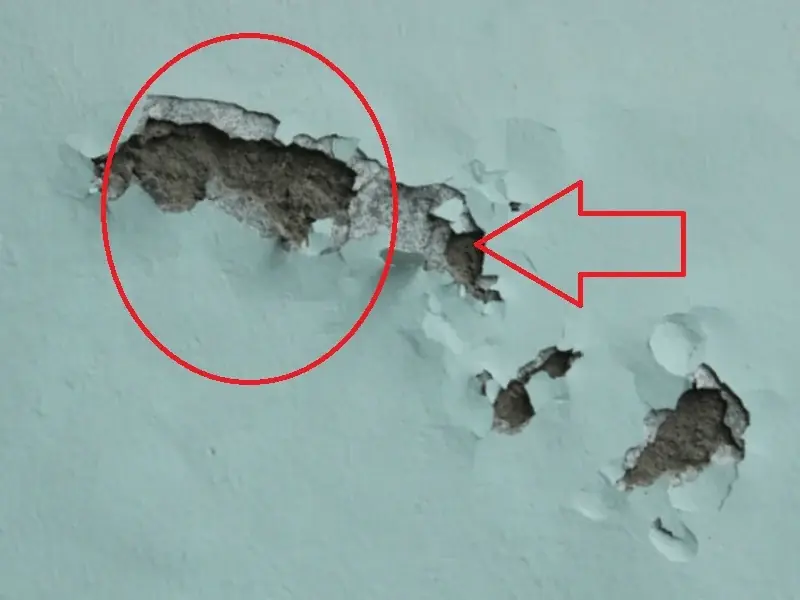
Tips for dealing with moldy and peeling walls
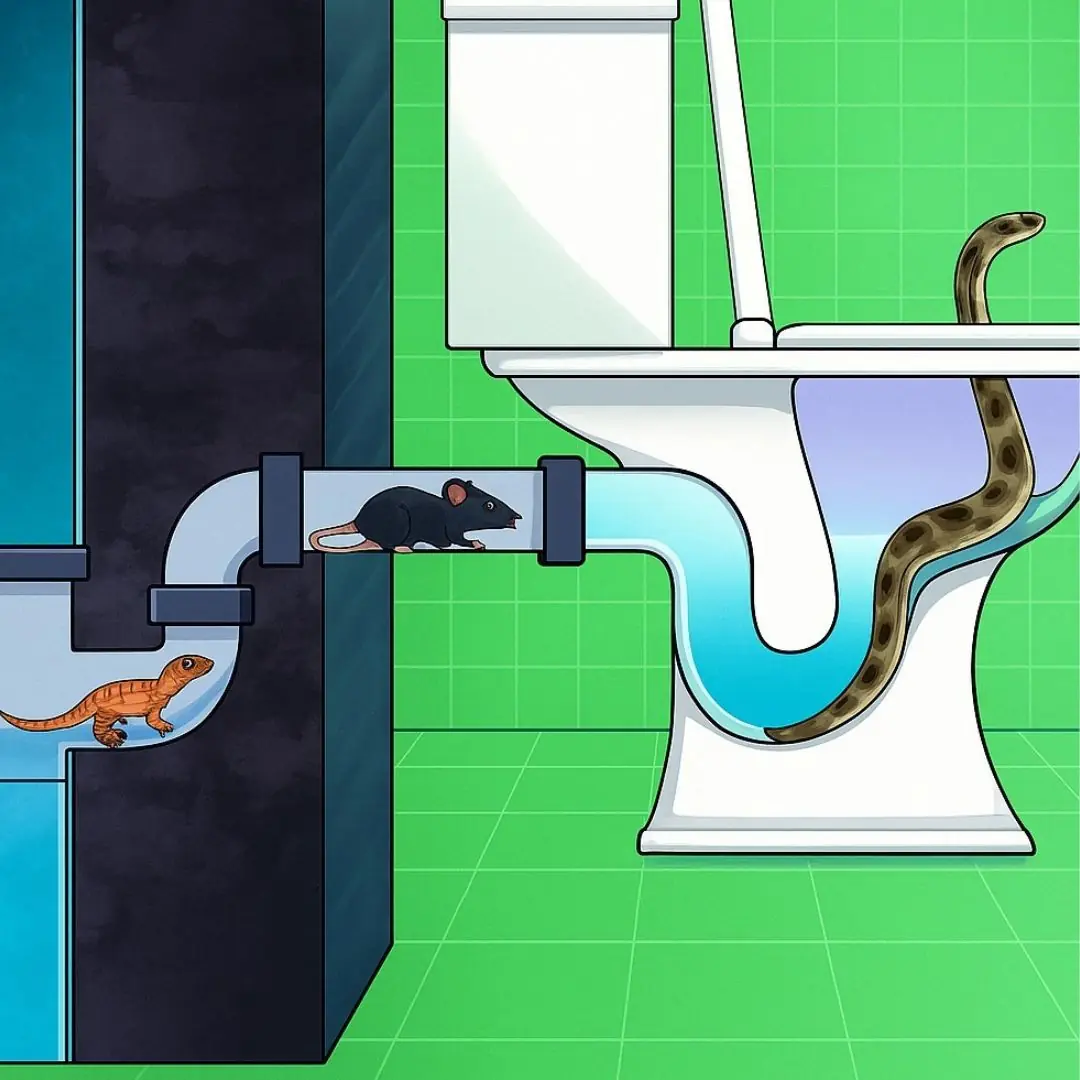
7 creatures that can get into your toilet and how to avoid them
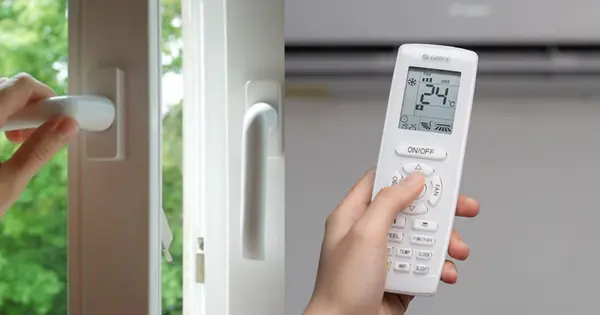
How to use air conditioner properly
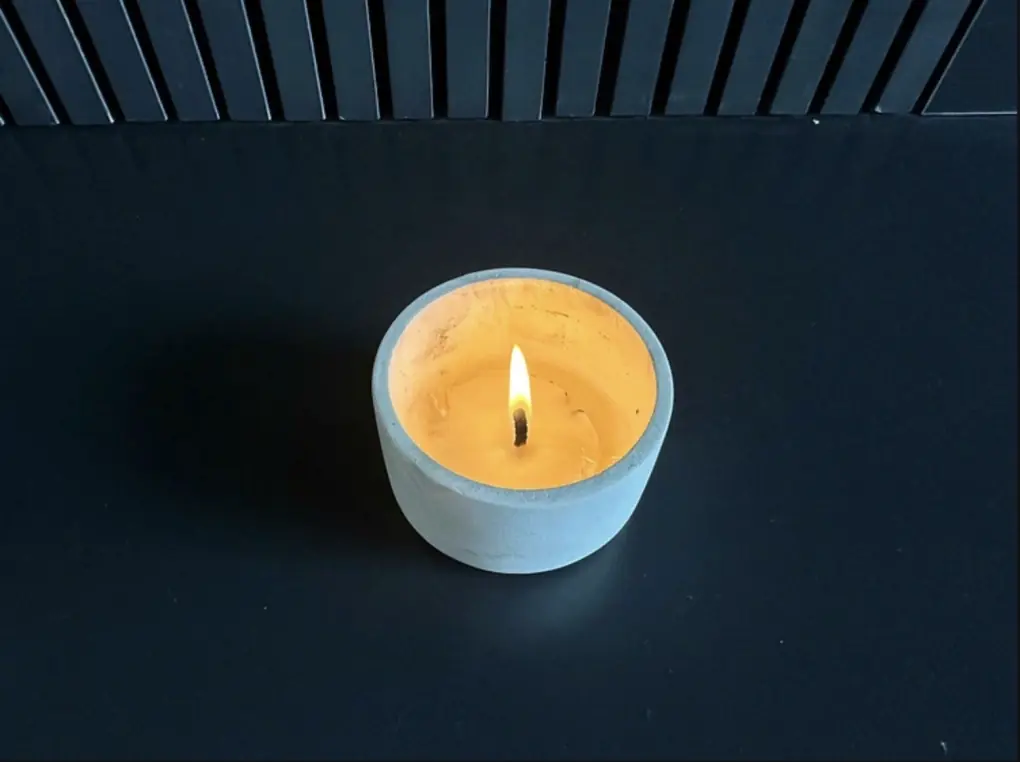
3 familiar household items that are harmful to health

6 eating habits that silently destroy your health

7 “Golden” Summer Vegetables: Fresh, Chemical-Free, and Worth Eating Every Day
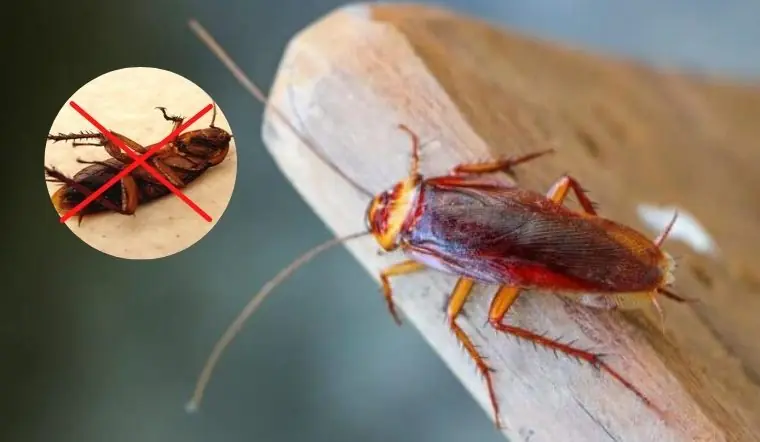
4 effective ways to ensure your home is free of cockroaches
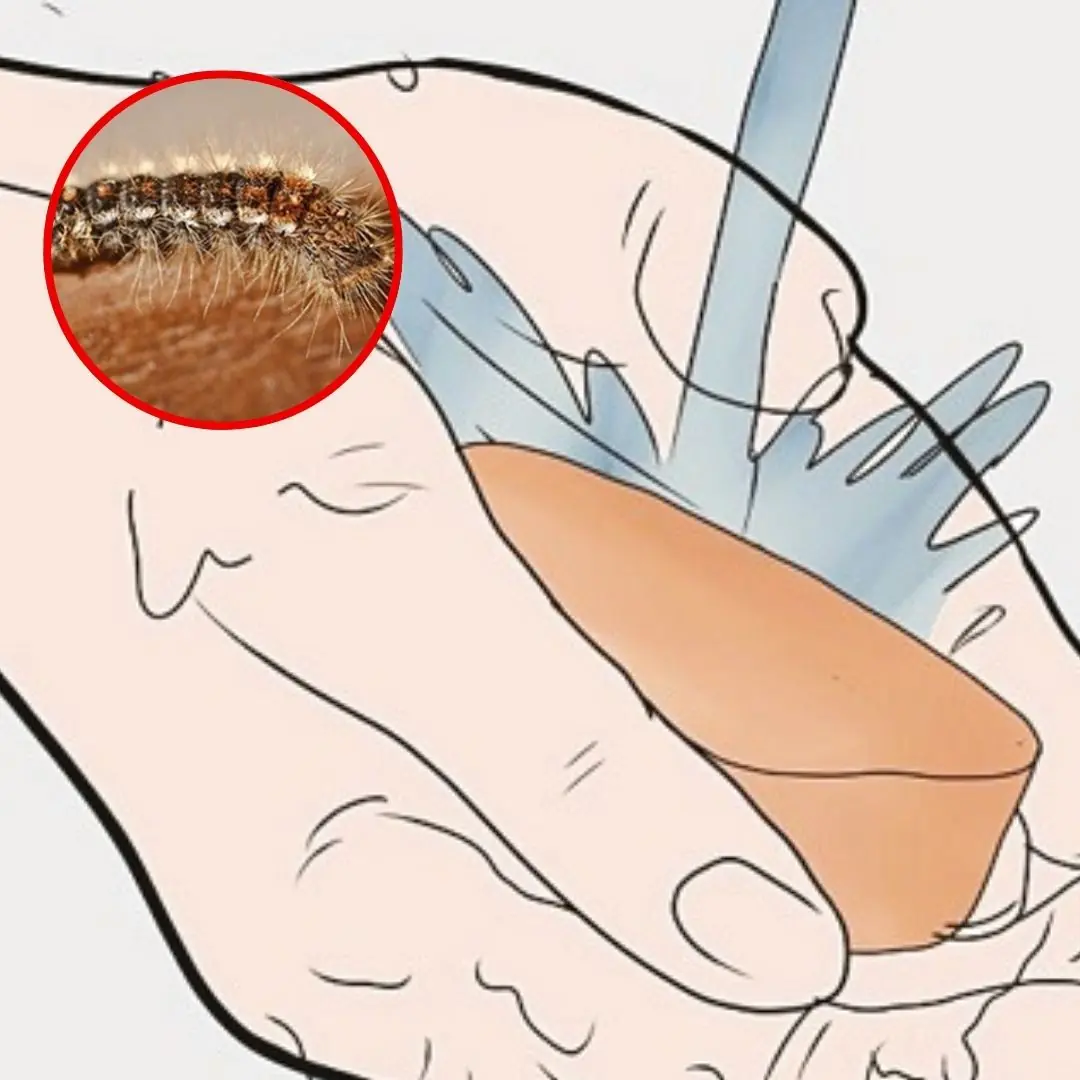
Caterpillar on you: 5 simple steps to treat at home

Put them in your home and mice will run away

Drinking Coffee at These Two Times Is Like “Poiso.ning Your Body”

No Need for Sprays or Mosquito Nets: Just Place This Herb in Your Room and Mosquitoes Will Flee

Hotel Check-In: Say These 3 Sentences to the Front Desk for Instant Perks!
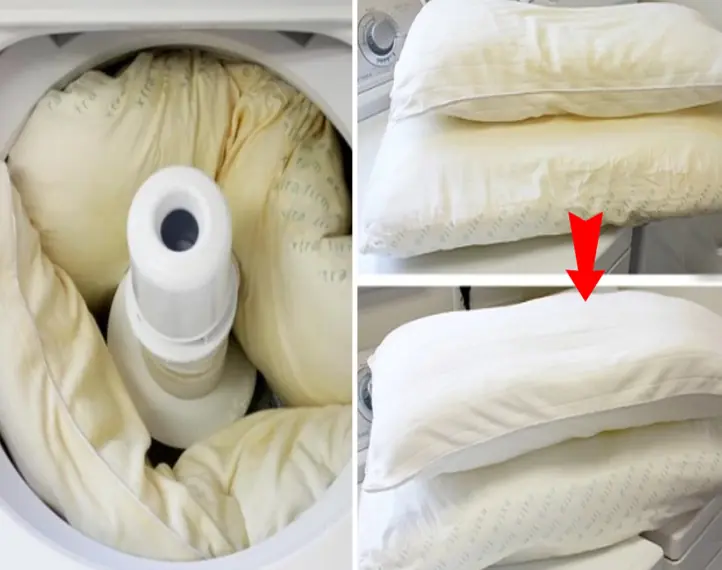
Tips for cleaning yellow pillow cores with tiny mold spots
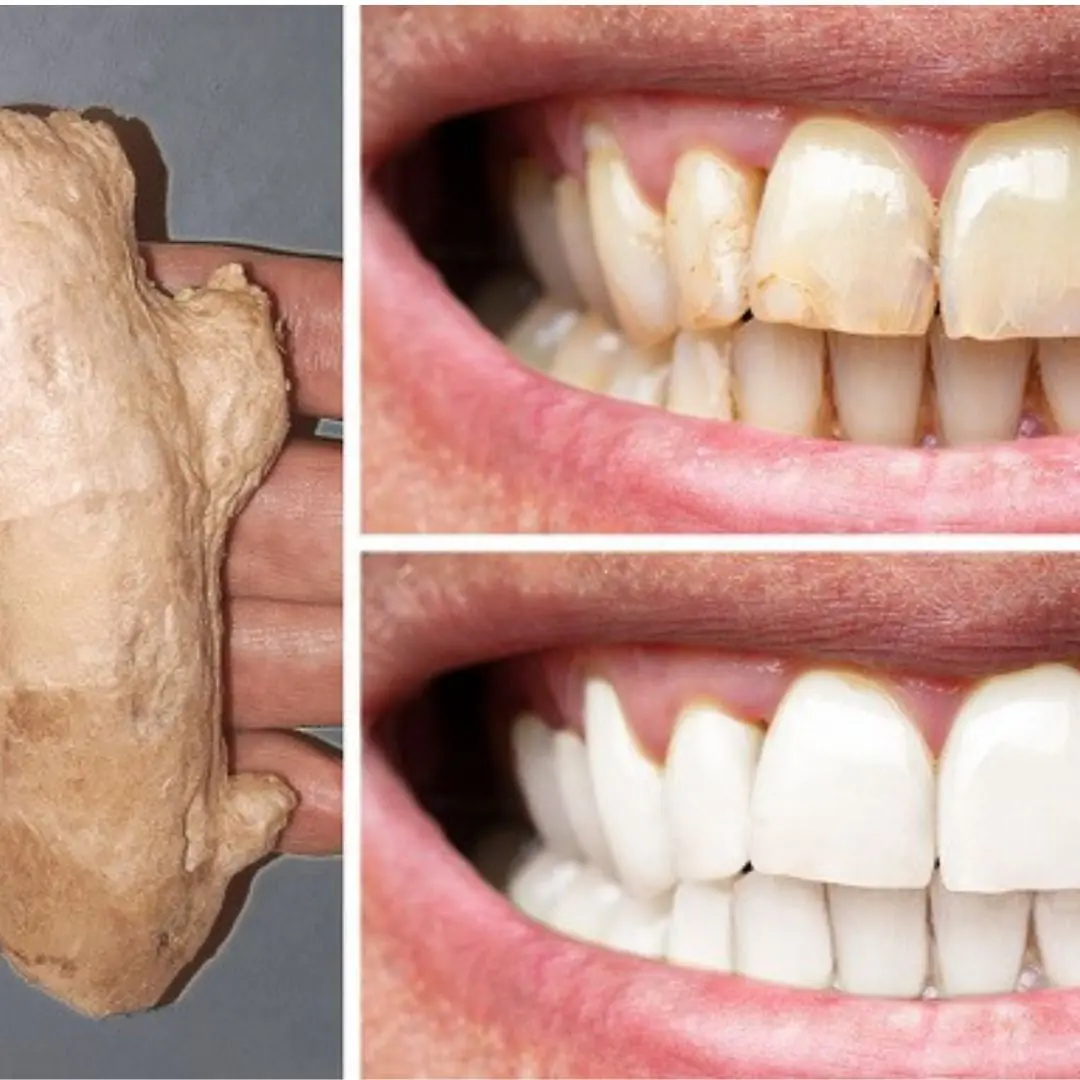
7 Natural Tips to Improve Teeth Whiteness at Home

Throwing away coffee grounds is like throwing away money. Uses of coffee grounds that every home needs

Thought You Had to Simmer Pork for Hours to Make It Tender?
News Post

When Buying Shrimp, Be Extra Cautious to Avoid These 5 Types of Harmful “Hormone Shrimp”

10 Visible Signs of Liver Damage You Can Spot with the Naked Eye

5 Things You Should Never Put in the Washing Machine
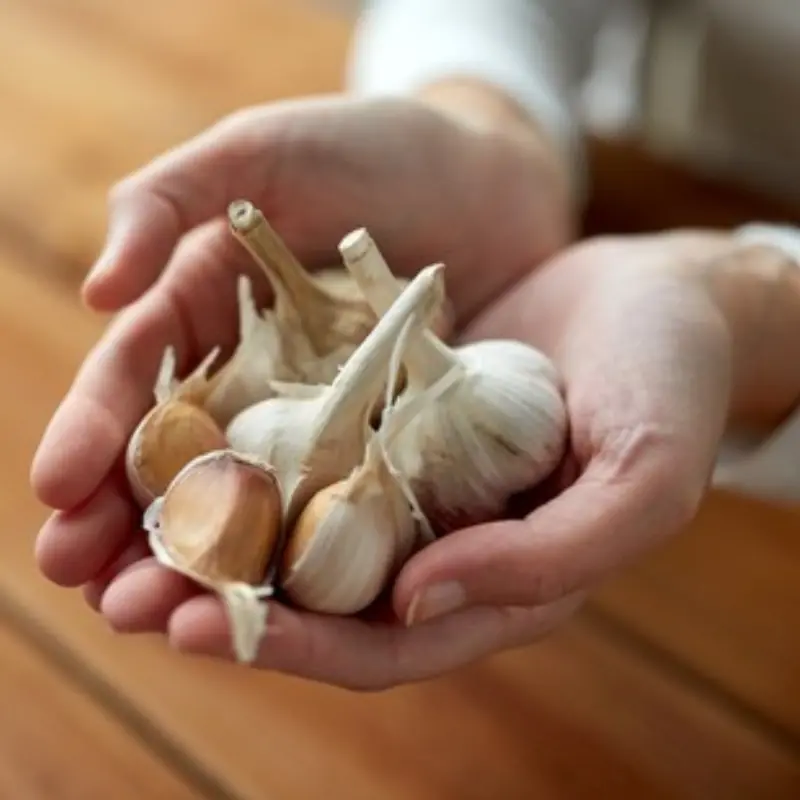
6 Vegetables That Help Detoxify the Body and Lower Liver Enzymes

Unleashing the Magic: Lemon Seeds in Banana for Healthy Sprouting

How to grow garlic indoors and care for it
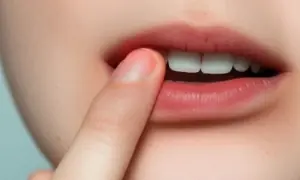
5 warning signs of oral can:cer

Doctor shares the three biggest regrets of dy.ing people

4 types of water full of bacteria, nutritionists warn to stay away
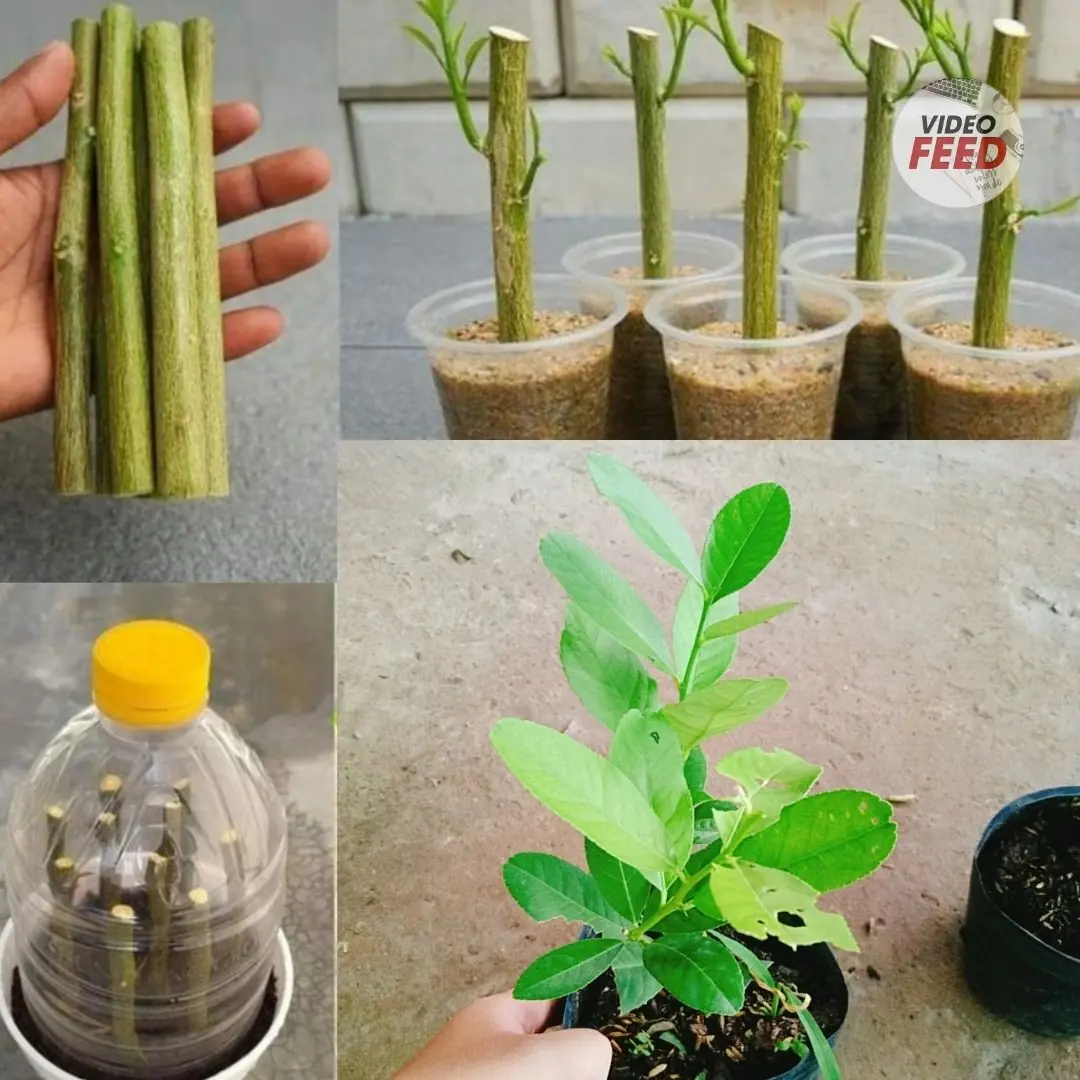
Techniques for propagating lemon trees from cuttings: From A to Z

When buying shrimp, you have to "keep your eyes open" to avoid these 5 types of "toxically injected shrimp" that even long-time shoppers can easily mistake!

How to Grow Coriander at Home Using a Simple Hydroponic Method
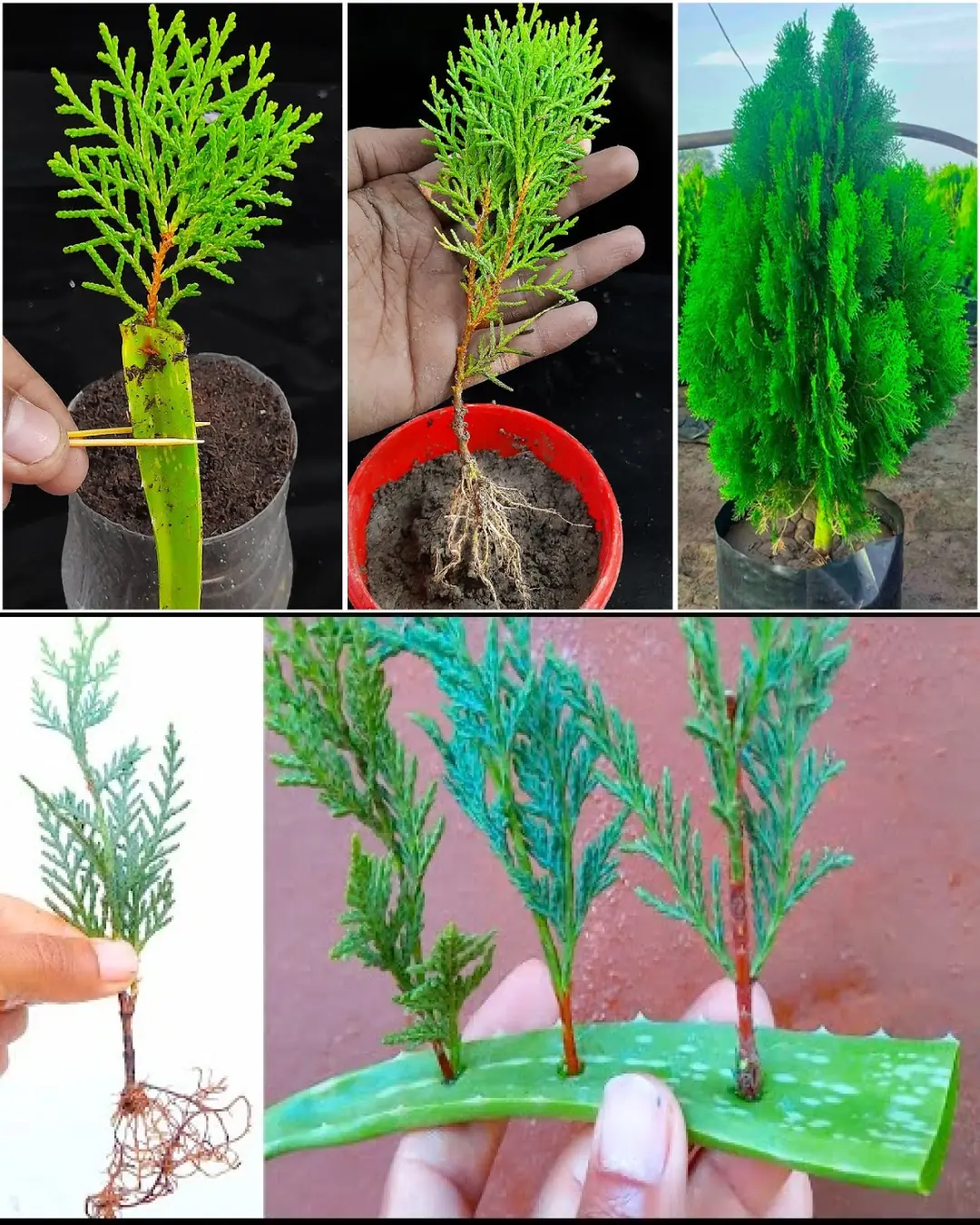
How to Propagate Thuja Plants from Cuttings Using Aloe Vera Gel

Lemon Tree Love: Simple Steps to Grow One at Home

Tips for dealing with moldy and peeling walls

7 creatures that can get into your toilet and how to avoid them

How to use air conditioner properly

How to Grow Star Anise in a Pot – Exotic Spice at Home!
